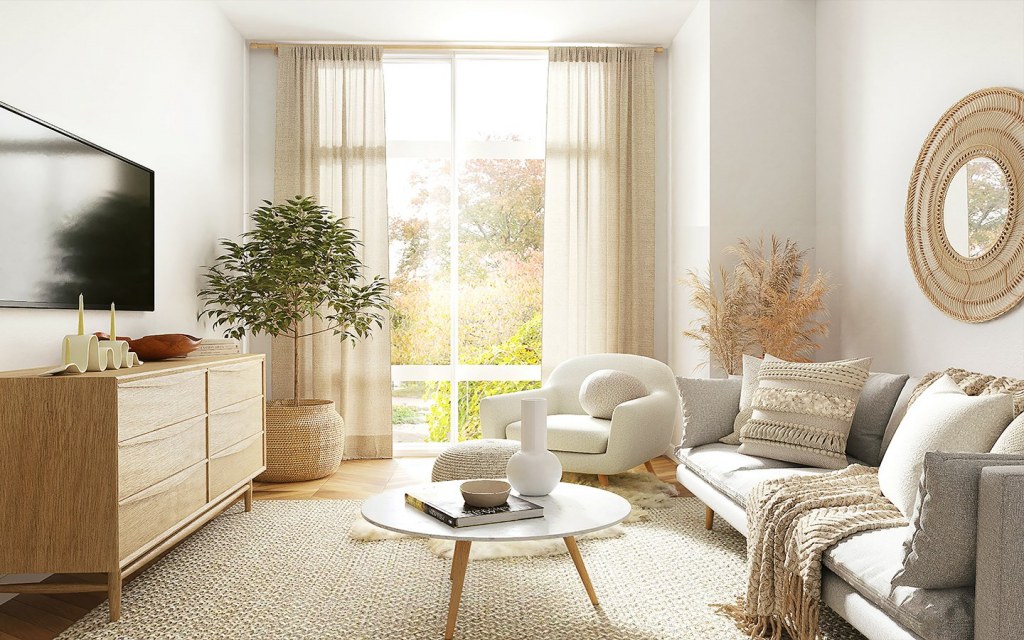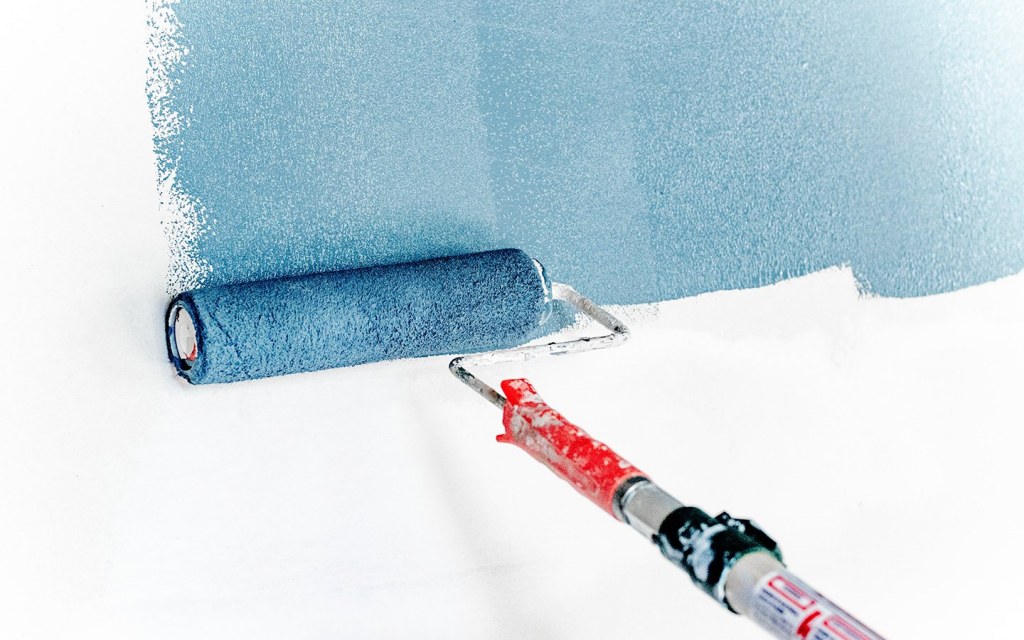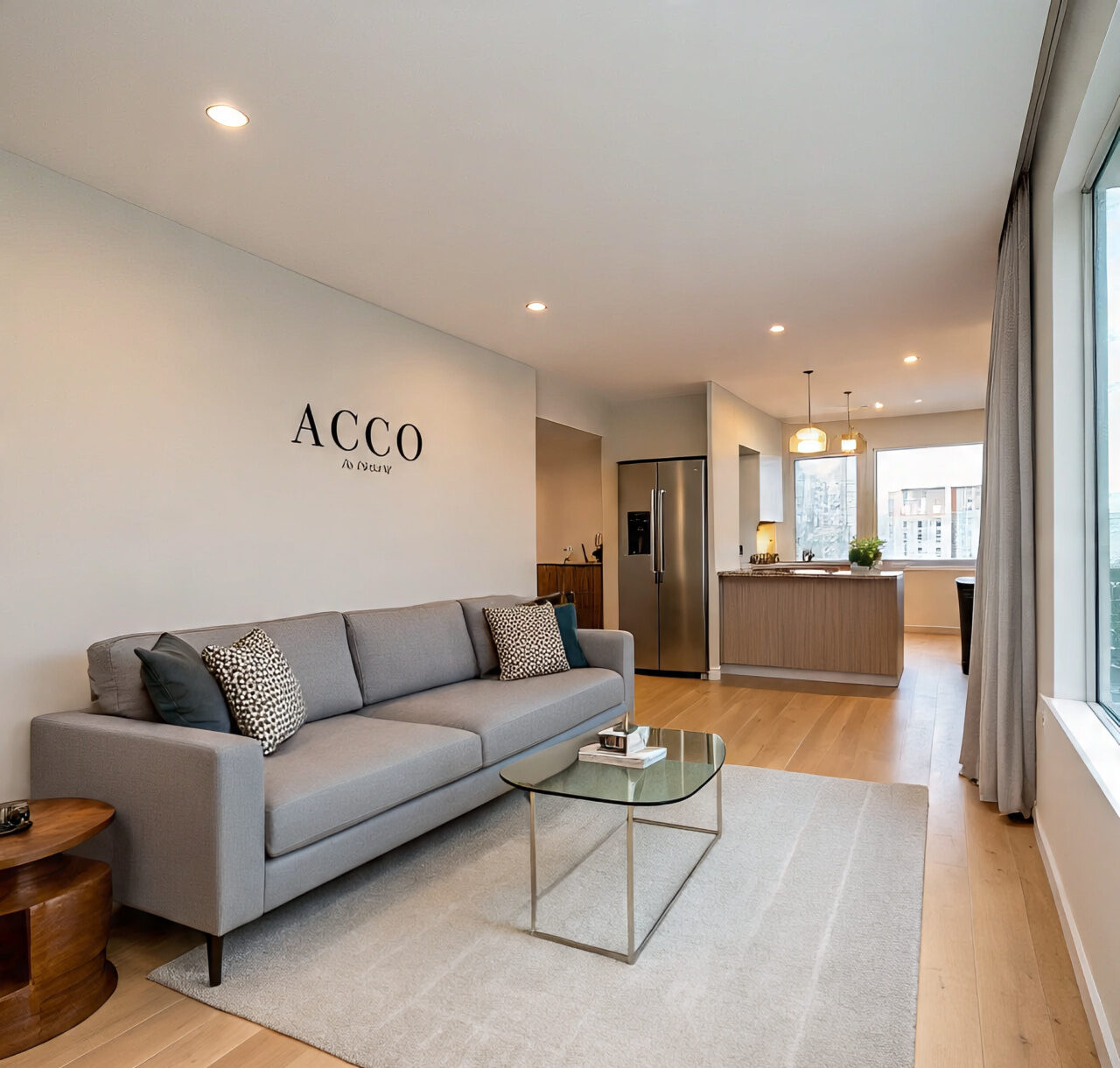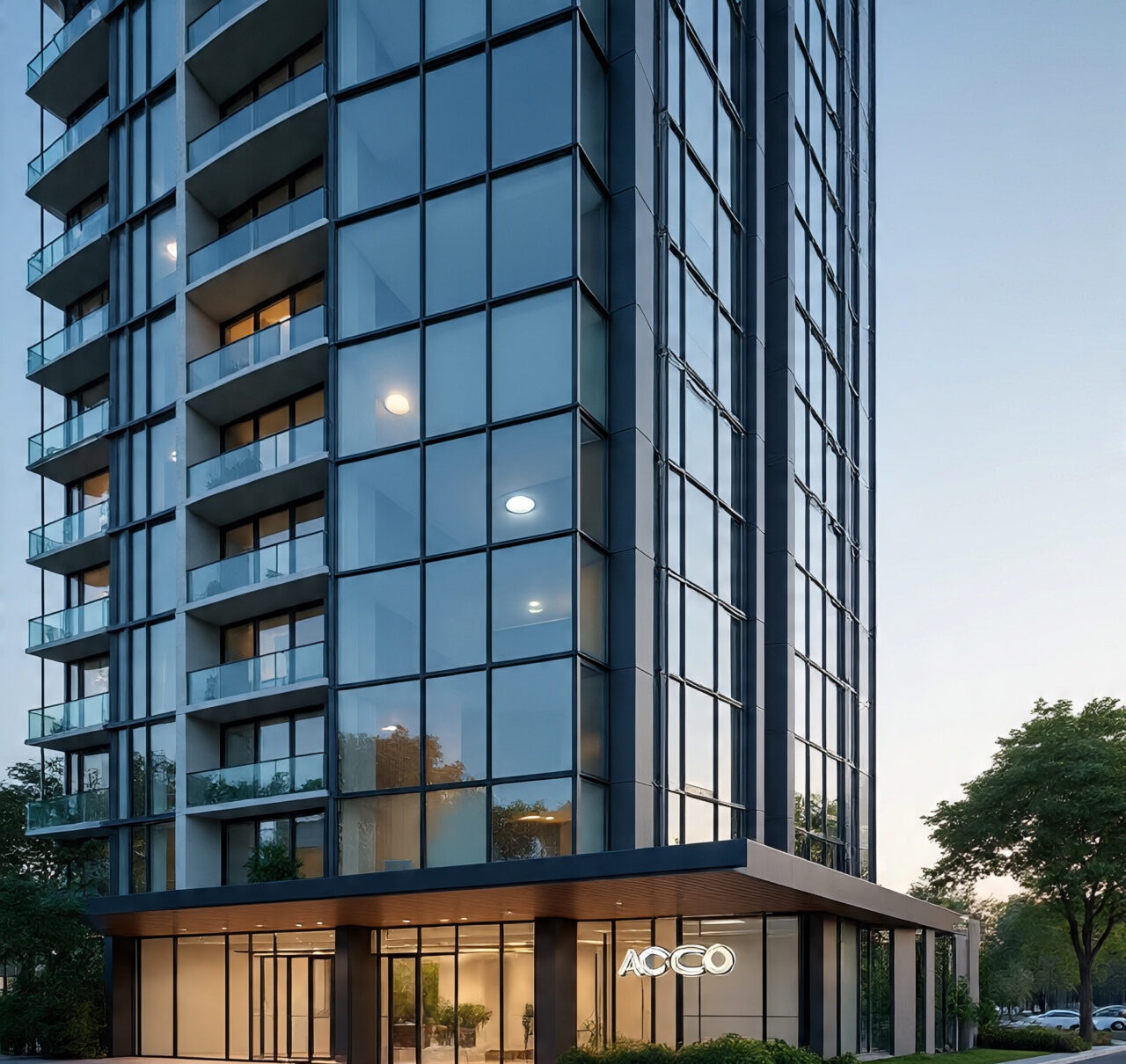How to Choose the Right Colours For Dark Rooms
Almost everyone has that one room or a little corner in their home that only gets a little natural light and, as a result, looks dull and gloomy at all times. Well, what if we told you that choosing the right paint colors for dark rooms can make a world of difference in their ambiance and visual appeal?
Although it is tempting to paint these spaces in the brightest shade of white, it is not always the best choice. Many experts suggest choosing hues for interior walls based on the source and quality of light that rooms receive. For example, living rooms and kitchens are usually brightly lit with sufficient windows and ventilation points. On the other hand, basements and hallways are generally darker as they have fewer windows that would allow natural light to stream in.
Before we discuss the best paint colors for rooms with little natural light, let’s take a quick look at how sunlight and fluorescent lights can affect hues.
HOW DOES SUNLIGHT AFFECT PAINT COLOURS?

Have you ever painted your entire room only to realize the color looks really different on your walls than it did at the store? If your answer is yes, you probably already know how much natural light can impact different hues. So, even if you have a little sunlight entering a space, you should take it into consideration while deciding on the color palette.
The amount of light and the angle of the sun both play an important role here. Hence, if you have an east-facing room, you may want to go red, yellows, and oranges since the light coming into your room is likely to develop a warm and bluish-hue afternoon. On the other hand, you can choose pretty much any color for west-facing rooms, as the natural light can make your space look warm and pleasant.
Many industry experts also suggest using bold colors in north-facing rooms as muted tones can get washed away due to the cool and bluish light in the evening. Meanwhile, south-facing rooms are perfect for lighter hues, as they will fill your space with a subtle glow when the sunlight hits your walls.
HOW DOES ARTIFICIAL LIGHT AFFECT COLOURS?

We have already discussed different types of bulbs and temperatures of illumination, so it’s time we talk about the role artificial light can play in enhancing or subduing your choice of paint color.
Generally, fluorescent bulbs generate cool and bluish light, which amplifies greens and blues while muting warmer tones. Meanwhile, soft white fluorescent bulbs cast a warm and yellowish hue on all shades. Similarly, full-spectrum fluorescents mimic natural sunlight to a great extent, whereas the yellow and warm light on incandescent bulbs can make cool colors look dull and give warm tones a more intense appearance. Lastly, halogen bulbs produce a bright, white light, which means it goes well with most colors.
So, if you are looking for paint colors to make a room look brighter, you must choose a light bulb accordingly.
WHAT ARE THE BEST PAINT COLOURS FOR DARK ROOMS?

These are some of the most popular paint colors for low-light rooms that can not only brighten up your space but also add to its aesthetics.
GREY
Considered a neutral color by name, grey is among the best wall colors for spaces that receive little to no sunlight. There are quite a few shades of grey available at paint stores, so you should still consider buying sample-sized packs of three to four different options and try them on your wall. It is also worth mentioning that this color tends to go well with bronze and black accents.
TEAL
Yet another timeless choice, this rich and earthy shade can elevate your space by creating a grounded sense of nature. It is also an ideal choice for those who would like to bring the outdoors indoors by incorporating a little bit of this beautiful color into their home. Moreover, owing to its yellow undertone, this hue pairs well with natural wood. It also looks good with white and creamy accents.
SEAFOAM GREEN
This shade of green is not only one of the best color paints to reflect sunlight but can also make your room look trendy. It introduces a feeling of calmness and serenity while creating awe-inspiring combinations with natural wood and brass fixtures. Seafoam green is considered a cool color, so make sure to choose your indoor lighting accordingly.
GREIGE
If you love neutrals and want to make sure your space looks just as minimalistic and elegant as the rest of your home, you should check out the lighter shades of greige – a combination of grey and beige. This beautiful hue is widely used by interior designers due to its versatility and ability to reflect natural light, thus creating an illusion of a bigger and brighter room.
NAVY BLUE
Those who love moody yet classic hues cannot go wrong with navy blue. Although the color may appear too dark for a low-light room, you can easily elevate the space by adding a bright accent wall or white trim to the walls. This shade also goes well with grey and has the power to turn a dull and dreary corner into the most alluring part of your home.
OFF-WHITE
A warm white with an eggshell hue and creamy undertone is perhaps among the safest paint colors for dark rooms. It looks inviting and charming without making your space look old and traditional. Besides, off-white never goes out of style, does it? Furthermore, this hue works exceptionally well with almost every color and can make your space feel bigger than it actually is.
PALE PINK
Last but not least, pale pink can transform a boring room with little natural light into a bright space with a calming ambiance. Though pink is widely deemed a feminine color, the truth is it works rather well in all settings. It also complements darker and bolder hues, which makes it an excellent option for hallways and other parts of the house as well.
This concludes our guide to the best paint colors for rooms with little natural light.
var /*674867468*/



